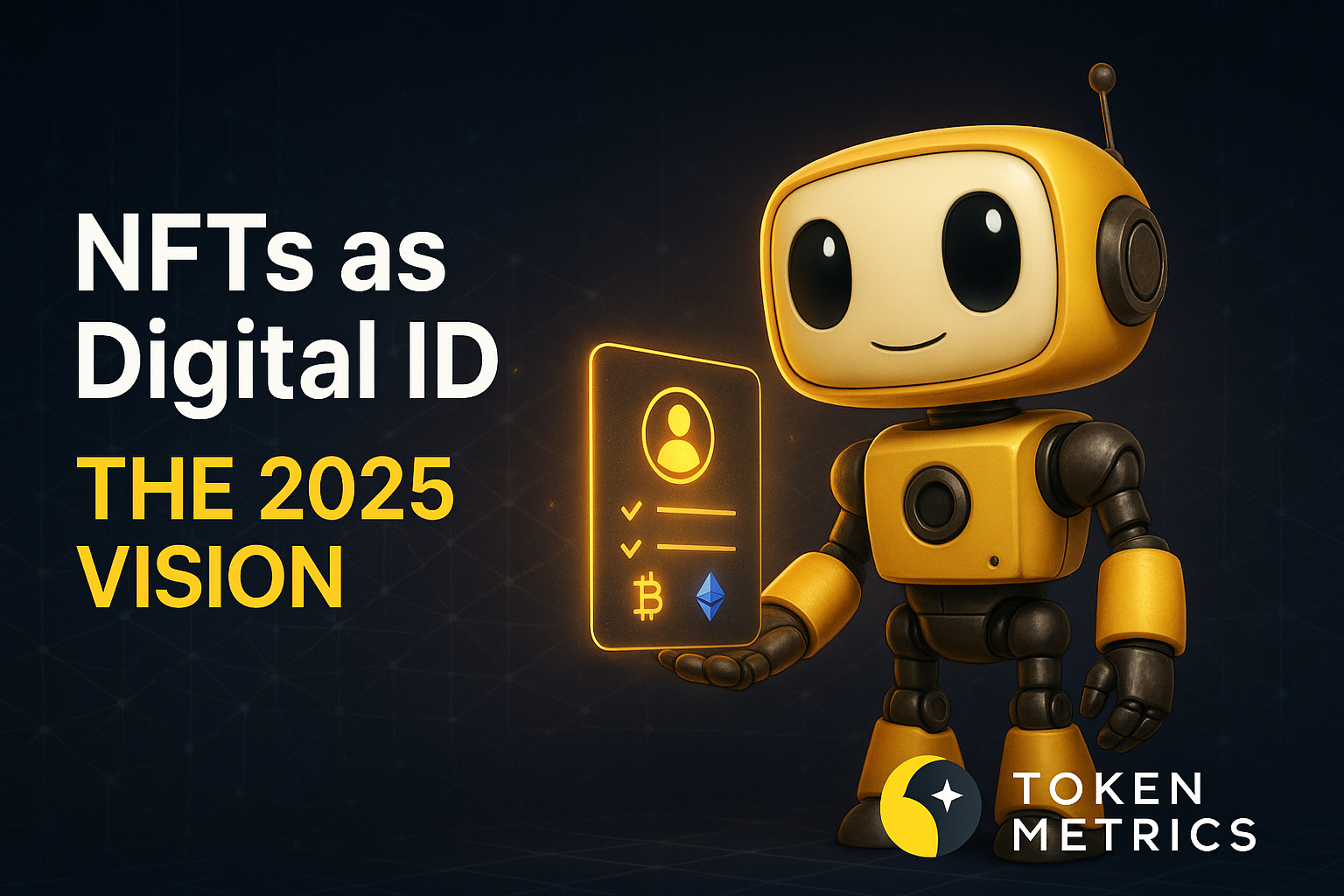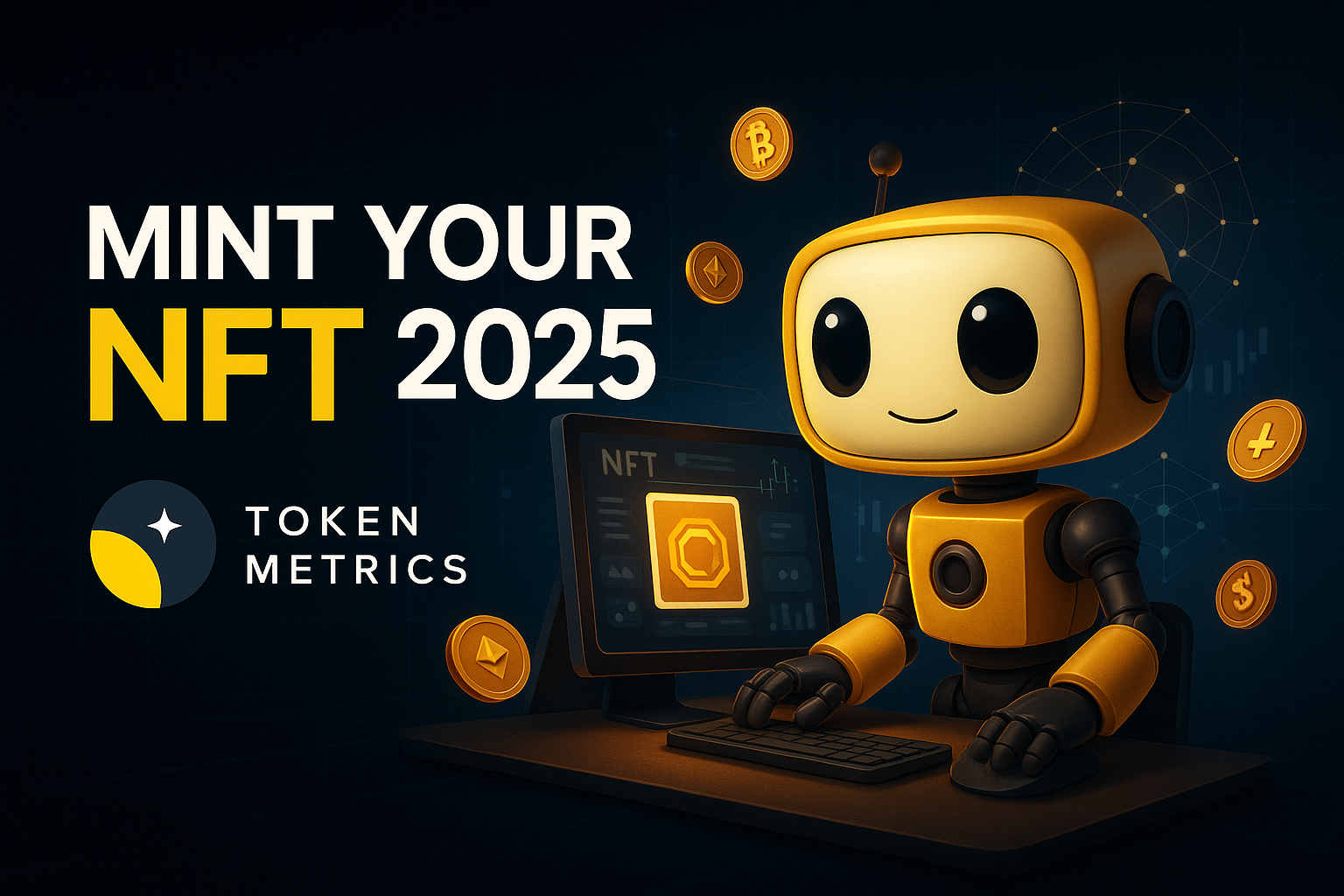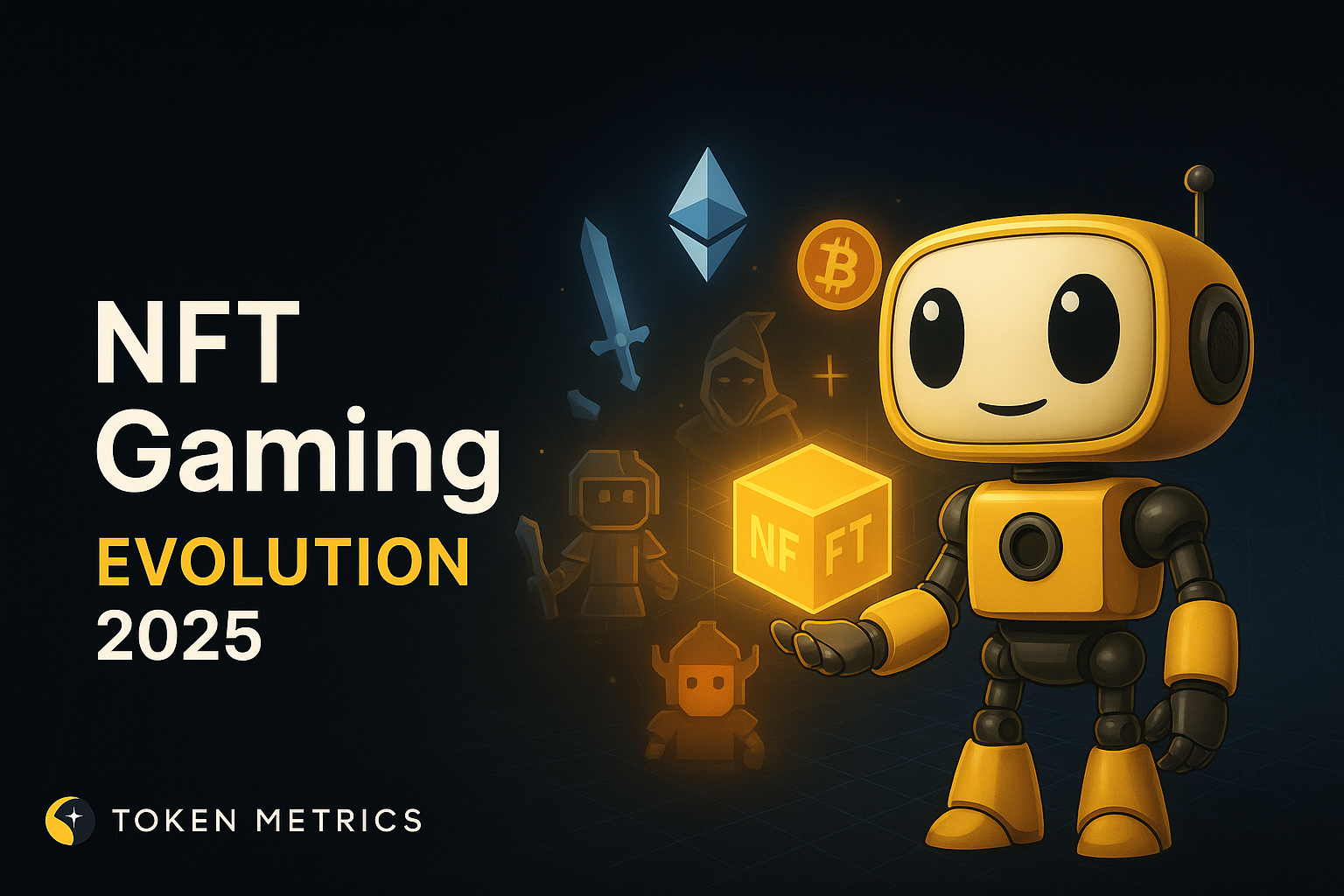
How to Short Bitcoin? - 5 Easy Methods to Try in 2023

Bitcoin has gained significant attention and popularity in recent years as a decentralized digital currency. While many people invest in Bitcoin for long-term gains, others may be interested in profiting from its price decline.
This article aims to provide a comprehensive guide on how to short Bitcoin, allowing you to potentially capitalize on downward price movements.
By understanding the concept of shorting and implementing the right strategies, you can navigate the volatile nature of Bitcoin and make informed investment decisions.
What is the Process of Crypto Shorting?
Shorting, also known as short selling, is an investment strategy that involves betting on the decline in the price of an asset.
For example, when you short Bitcoin, you're essentially borrowing Bitcoin from a lender and selling it at the current market price. The goal is to buy back the Bitcoin at a lower price in the future, return it to the lender, and profit from the price difference.

Shorting Bitcoin allows you to potentially benefit from downward price movements, even in a bear market. However, it's crucial to note that shorting comes with its own set of risks and considerations.
How to Short Bitcoin?
The method of shorting Bitcoin relies on various factors, such as your inclination towards risk, the funds you have at hand, your level of expertise, and other relevant considerations. Let's explore few widely used methods to short BTC -
1. Leveraging Margin Trading: Margin trading allows you to amplify your trading position by borrowing funds from a cryptocurrency exchange. By utilizing leverage, you can open larger short positions with a smaller initial investment.
However, it is crucial to exercise caution when using leverage, as it also magnifies potential losses. Proper risk management and setting stop-loss orders are essential to protect your capital.
2. Utilizing Options and Futures: Advanced traders often utilize options and futures contracts to short Bitcoin effectively. Options provide the right, but not the obligation, to sell Bitcoin at a predetermined price within a specified time frame.
Futures contracts, on the other hand, obligate the parties involved to buy or sell Bitcoin at a predetermined price and date. These derivatives can be employed to hedge positions, manage risk, and execute more complex shorting strategies.
3. Algorithmic Trading: Algorithmic trading has gained popularity in recent years, offering advanced tools for shorting Bitcoin. By using computer algorithms, traders can automate their strategies, execute trades at high speeds, and capitalize on even the smallest price differentials.
Algorithmic trading requires in-depth programming knowledge and a comprehensive understanding of market dynamics, but it can provide a significant advantage for experienced traders.
4. Shorting Bitcoin on Exchanges: Shorting Bitcoin can be accomplished by creating an account on a cryptocurrency exchange that supports this functionality.
Several exchanges, such as Kraken, Bitmex, Bitfinex, eToro, and Binance, offer the ability to borrow Bitcoin, sell it at the current market price, and repurchase it later at a potentially lower price.
However, it's important to note that not all exchanges facilitate short selling of cryptocurrencies.
5. Using Bitcoin CFDs: A financial technique known as a contract for differences (CFD) offers a way to profit from variances in prices between the opening and closing of a trade.
Bitcoin CFDs operate similarly to Bitcoin futures, as they involve speculating on the price of the cryptocurrency. When you acquire a CFD with the expectation of price decline, you essentially take a short position on Bitcoin.
Compared to Bitcoin futures, CFDs provide greater flexibility in terms of settlement duration since they don't have predetermined settlement dates.
Moreover, in specific Bitcoin CFD markets, traders can enter into agreements based on Bitcoin's overall performance or its performance relative to fiat currency or another cryptocurrency.
Bitcoin Shorting Strategy
Here is a compilation of factors to consider when contemplating short selling Bitcoin using various shorting strategies:.
In-Depth Technical Analysis
To successfully short Bitcoin, it is crucial to have a solid grasp of technical analysis. This involves analyzing historical price data, chart patterns, and indicators to identify potential entry and exit points.
By utilizing advanced technical analysis tools, such as moving averages, Bollinger Bands, and Fibonacci retracements, you can gain a competitive edge in predicting market trends and making informed shorting decisions.
Monitoring Market Sentiment
Understanding market sentiment is another key aspect of successful Bitcoin shorting. Keeping a close eye on news, social media trends, and influential figures' opinions can provide valuable insights into the market's overall mood.
By monitoring sentiment indicators, you can gauge market expectations and position yourself strategically to capitalize on potential price drops.
Monitoring Whales and Institutional Investors
Large investors, commonly referred to as "whales," and institutional players have a significant impact on Bitcoin's price movements. By monitoring their activities, such as large-scale sell-offs or accumulations, you can gain insights into potential market trends.
Various platforms provide whale tracking tools that allow you to track these influential market participants and adjust your shorting strategies accordingly.
Fundamental Analysis
Fundamental indicators, such as Bitcoin's adoption rate, network activity, and overall market capitalization, can help in assessing the long-term value and potential price trends of the cryptocurrency.
By staying informed about these indicators and market trends, you can make more informed decisions when shorting Bitcoin.
Factors to Consider While Shorting Bitcoin
When engaging in Bitcoin shorting, it is crucial to have a thorough understanding of the key factors that significantly impact the strategy's effectiveness
Market Analysis: Conduct a thorough analysis of the Bitcoin market, examining price trends, historical data, and market indicators. This will help you identify potential opportunities for short selling.
Risk Assessment: Evaluate the risks associated with short selling Bitcoin, including market volatility, regulatory changes, and potential price fluctuations. Assessing and managing these risks is crucial for successful short selling.
Timing: Timing is key when short selling Bitcoin. Identify potential entry and exit points based on market conditions, news events, and technical analysis indicators. A well-timed short position can maximize your profits.
Stop Loss and Take Profit Orders: Set up stop loss and take profit orders to manage your risk and protect your investment. These orders automatically trigger a trade closure when the price reaches a specified level, ensuring you exit the trade at a desirable point.
Diversification: Consider diversifying your short positions by including other cryptocurrencies or financial instruments in your strategy. This can help mitigate risk and optimize your portfolio's performance.
Monitoring and Adjustments: Continuously monitor the market conditions and your short positions. Stay vigilant and be prepared to make adjustments to your strategy if market dynamics change. Regularly reassess your positions based on new information and market trends.
Professional Guidance: Consider seeking guidance from experienced traders or financial advisors who specialize in cryptocurrency investments. Their expertise can provide valuable insights and help you navigate the complexities of short selling Bitcoin.
Popular Examples of Shorting Bitcoin
These are few popular and real life examples of shorting BTC -
Example 1: The Bitcoin Bubble Burst of 2017
The cryptocurrency market experienced unprecedented growth in 2017, driven primarily by the surge in Bitcoin's price. However, this euphoria was short-lived.
In December of that year, Bitcoin's price experienced a dramatic correction, plunging from its all-time high of nearly $20,000 to around $3,000 within a year.
Many investors who had shorted Bitcoin during this period saw substantial profits as the market sentiment turned bearish.
Example 2: The China Ban on Cryptocurrency
China, a significant player in the cryptocurrency space, has often made headlines with its regulatory actions. In 2017, the Chinese government announced a ban on initial coin offerings (ICOs) and shut down numerous cryptocurrency exchanges.
These actions led to a significant drop in Bitcoin's price as market participants anticipated a decline in demand. Traders who were short on Bitcoin during this period benefited from the downward trend caused by the ban.
Example 3: The Tesla Short Squeeze
In early 2021, Tesla, the electric vehicle manufacturer led by Elon Musk, announced a $1.5 billion investment in Bitcoin. This move sparked a rally in Bitcoin's price and caught many short sellers off guard.
However, a few months later, Tesla announced that it would no longer accept Bitcoin as payment, causing the cryptocurrency's price to plummet. Short sellers who had anticipated the reversal profited from this volatility in the market.
These examples demonstrate the diverse range of events and circumstances where shorting Bitcoin has been a profitable strategy.
Is Shorting Bitcoin Risky?
Shorting Bitcoin carries significant risks due to its unpredictable price fluctuations. Traders who short Bitcoin borrow and sell it with the expectation of buying it back at a lower price.
However, if the price rises instead, losses can occur. Bitcoin's decentralized nature and susceptibility to market manipulation increase the risk further.
To mitigate these risks, traders should assess their risk tolerance and employ robust risk management strategies, such as setting stop-loss orders and diversifying their portfolios.
Frequently Asked Questions
Q1. Can I short Bitcoin without using a broker?
Shorting Bitcoin typically requires using a broker as they facilitate the borrowing and selling of the cryptocurrency. Brokers provide the necessary infrastructure and regulatory compliance to execute short trades effectively.
Q2. What risks are associated with shorting Bitcoin?
Shorting Bitcoin carries several risks, including potential losses if the price rises instead of falling. Additionally, market volatility and unexpected events can lead to significant price fluctuations, making it crucial to carefully manage your position and implement risk management strategies.
Q3. Can I short Bitcoin using leverage?
Yes, many brokers offer leverage, allowing traders to amplify their short positions. However, it's important to exercise caution when using leverage, as it also increases the potential for losses.
Q4. Are there any tax implications when shorting Bitcoin?
Tax regulations regarding shorting Bitcoin vary across different jurisdictions. It's crucial to consult with a tax professional to understand the specific tax obligations and implications associated with shorting Bitcoin in your country.
Q5. Is shorting Bitcoin suitable for beginners?
Shorting Bitcoin can be complex and involves a certain level of risk. It's generally recommended for experienced traders who have a solid understanding of market dynamics and risk management strategies.
Beginners are advised to first gain a thorough understanding of cryptocurrency trading before attempting to short Bitcoin.
Conclusion
Shorting Bitcoin in 2023 can be a profitable strategy if executed with careful planning and a comprehensive understanding of market dynamics.
Remember to choose a reliable broker, conduct thorough market analysis, and employ risk management strategies to protect your investments.
However, it's crucial to note that shorting Bitcoin carries inherent risks, and traders should only risk what they can afford to lose.
Disclaimer
The information provided on this website does not constitute investment advice, financial advice, trading advice, or any other sort of advice and you should not treat any of the website's content as such.
Token Metrics does not recommend that any cryptocurrency should be bought, sold, or held by you. Do conduct your own due diligence and consult your financial advisor before making any investment decisions.

.svg)

Create Your Free Token Metrics Account

.png)




%201.svg)
%201.svg)


%201.svg)









.svg)




.png)